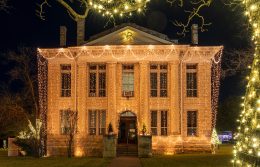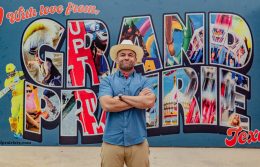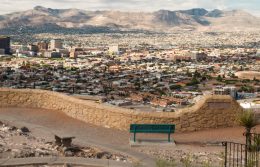Texas’ ‘Other’ Capital Cities
Austin has been the permanent capital of Texas since the 1840s, but since then many other Texas towns have staked their claim as a Texas “capital” of one form or another — if not of the state, then of some other source of fame or notoriety.
There are 85 official capital designations in Texas, ranging from the Barbecue Capital of Texas (Lockhart, naturally) to the Wildflower Capital of Texas (DeWitt County). There are also some more, let us say, curious capital designations. Here are our favorites.
Anahuac: The Alligator Capital of Texas
This coastal Galveston Bay town is home to nearly three times as many alligators as humans. As such, Anahuac has hosted the annual Texas Gatorfest since earning the designation of the Lone Star State’s Alligator Capital in 1989.
Bridgeport: The Stagecoach Capital of Texas
In 1860, town founder William H. Hunt received a charter to build a bridge over the Trinity River’s West Fork, and the wooden crossing quickly became an important transit point for the Butterfield Overland Mail stagecoach route up until the start of the Civil War. After the war, the slot pragmatic play demo stagecoach route was abandoned, but the town retained its association for the stagecoach route and was named the Stagecoach Capital in 2009.
Brownsville: The Chess Capital of Texas
Brownsville is home to the University of Texas Rio Grande Valley chess team. The university’s team, called the Vaqueros, has been one of the best in the nation for decades, most recently winning national championships in 2018, 2019, and 2021. Their history of achievements earned the town the title of Chess Capital of Texas in 2003.

Electra: The Pump Jack Capital of Texas
This small town northwest of Wichita Falls was the site of an early oil boom in the 1910s, and it holds an annual pump jack festival each year to celebrate its oilfield heritage. There are pump jacks all over Texas. But, in Electra, there are around 5,000 in a 10-mile radius.
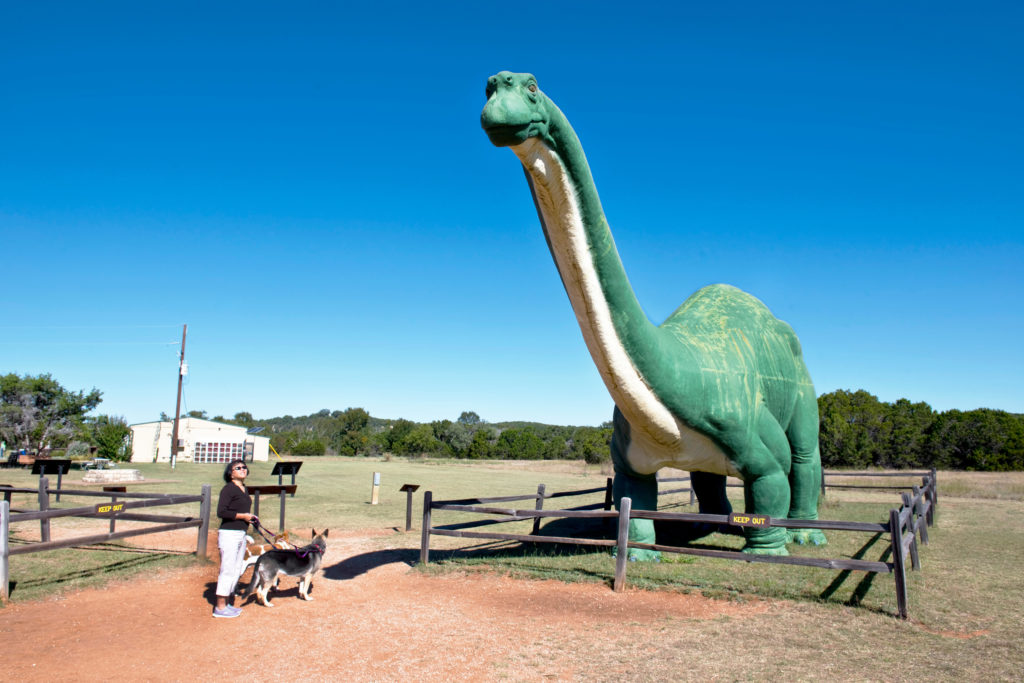
Glen Rose: The Dinosaur Capital of Texas
While there are fossils hidden around the state, few towns are as synonymous with the state’s rich paleontological history as Glen Rose, the site of some of the world’s most significant dinosaur discoveries. In addition to hunting for fossils and visiting dino museums, you can literally step in the footprints of the ancient creatures that are embedded in the limestone bed of the Paluxy River.
Hutto: The Hippo Capital of Texas
No one is certain how Hutto and the hippo became linked in local lore. One story claims that the sons of Swedish and German immigrants playing on the local high school football team were so huge compared to their opponents that a visiting coach remarked, “We can’t beat those boys; they’re big as hippos!” Another story holds that the high school football team wore baggy feed sacks for uniforms, inspiring more hippo comparisons. Another legend is that a real hippo escaped from a circus train that was passing through town in 1915. It headed to a nearby creek and refused to budge. Regardless of the origins, Hutto has the only high school in the entire country whose mascot is a hippopotamus.
Madisonville: The Mushroom Capital of Texas
The Central Texas town of Madisonville is home to several mushroom farms, and each October it hosts the Texas Mushroom Festival, a celebration of all things fungi. It became our Mushroom Capital in 2005 and has been the source of inspiration for Texas mushroom cuisine ever since.
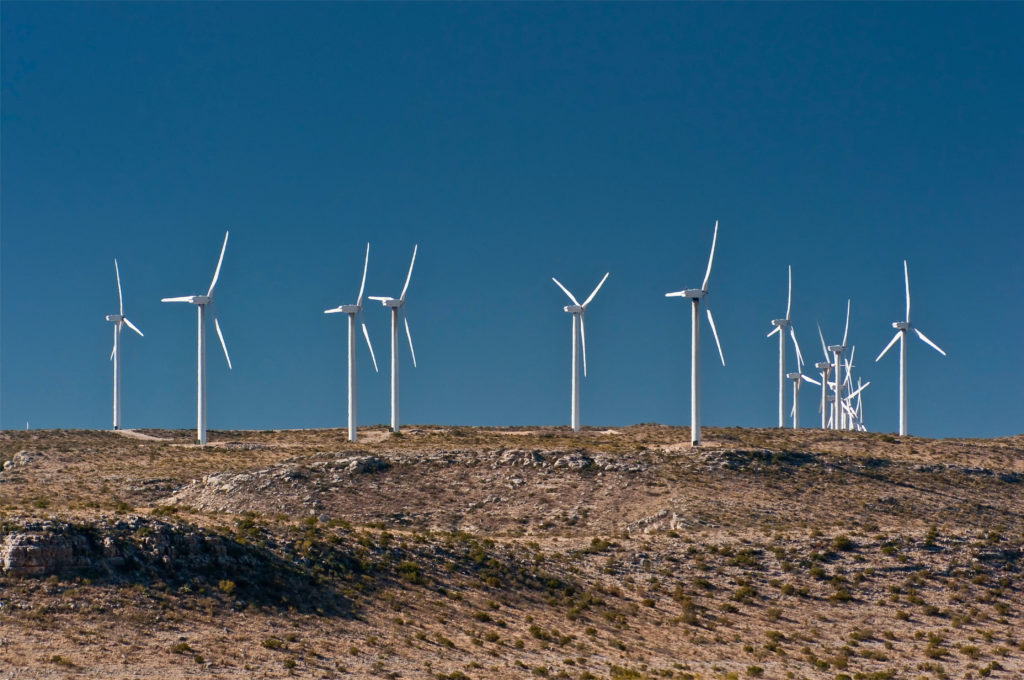
McCamey: The Wind Energy Capital of Texas
The town located about 350 miles southwest of Dallas was an early adapter to the booming Texas wind energy economy when a massive windfarm was constructed there in 1999. In 2001, the Texas Legislature officially dubbed McCamey the Wind Energy Capital of Texas.
Midland: The Ostrich Capital of Texas
What the jackrabbit is to Odessa, the ostrich is to its sister city Midland, though the city’s association with the giant bird is not so esoteric. In 1991, the Texas Legislature commended the city for hosting the 3rd Annual Ostrich News Convention by designating it the Lone Star State’s ostrich capital.
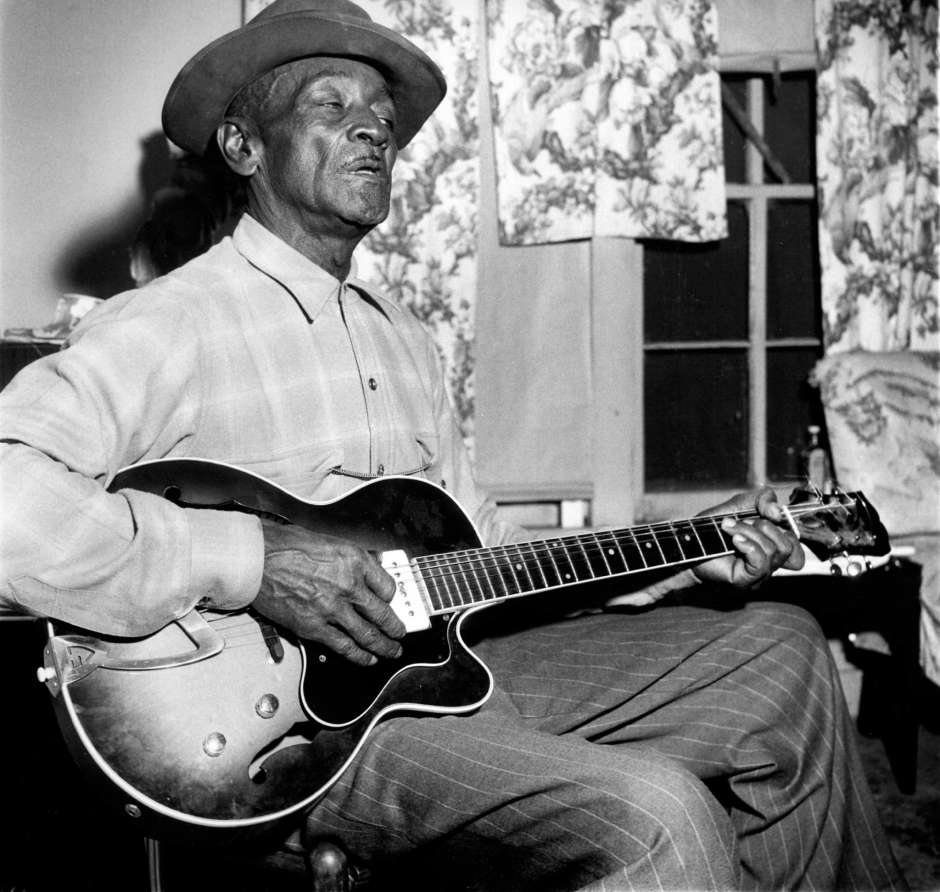
Navasota: The Blues Capital of Texas
Once a center of Texas’ cotton industry, Navasota was the birthplace of Mance Lipscomb, the son of a former enslaved person and a tenant farmer. His emergence in the 1960s as a talented finger-picking blues guitarist help popularize the country blues. Lipscomb’s legacy led to the Texas legislature designating his hometown of Navasota the Blues Capital of Texas.
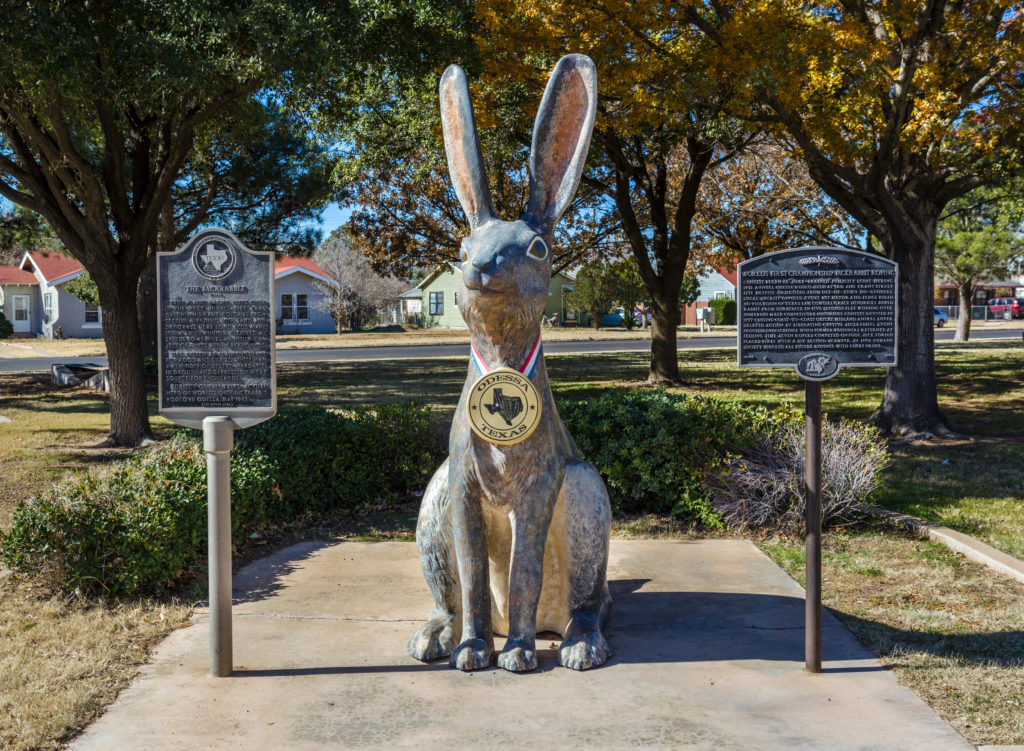
Odessa: The Jackrabbit-Roping Capital of Texas
Odessa’s affinity for the jackrabbit began in 1932 when it hosted the first Jackrabbit-Roping rodeo. Although the event is no longer held (much to the relief of the sweet, swift bunnies), the jackrabbit association stuck. Residents of the West Texas oil town like to think of themselves as sharing something of the quick-footed, adaptable nature of the jackrabbit. Today, statues of jackrabbit mascots can be found around the town.
Every small town of Texas is vibrantly unique, capitalizing on its own eccentricity in the way only they know how. It’s no wonder that Texans are the same way — these three characters are some of the most intriguing we could find.
© 2021 Texas Farm Bureau Insurance

